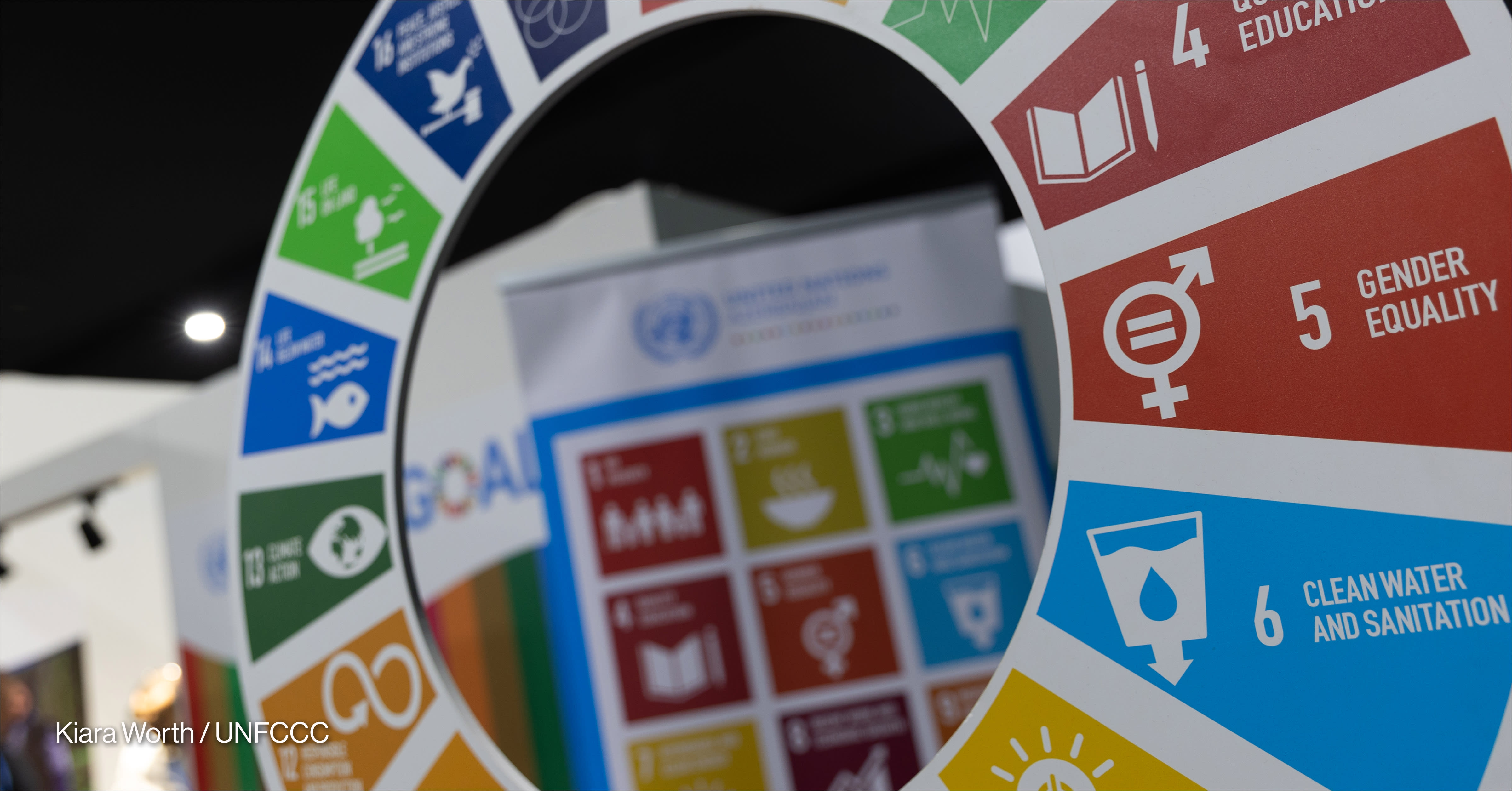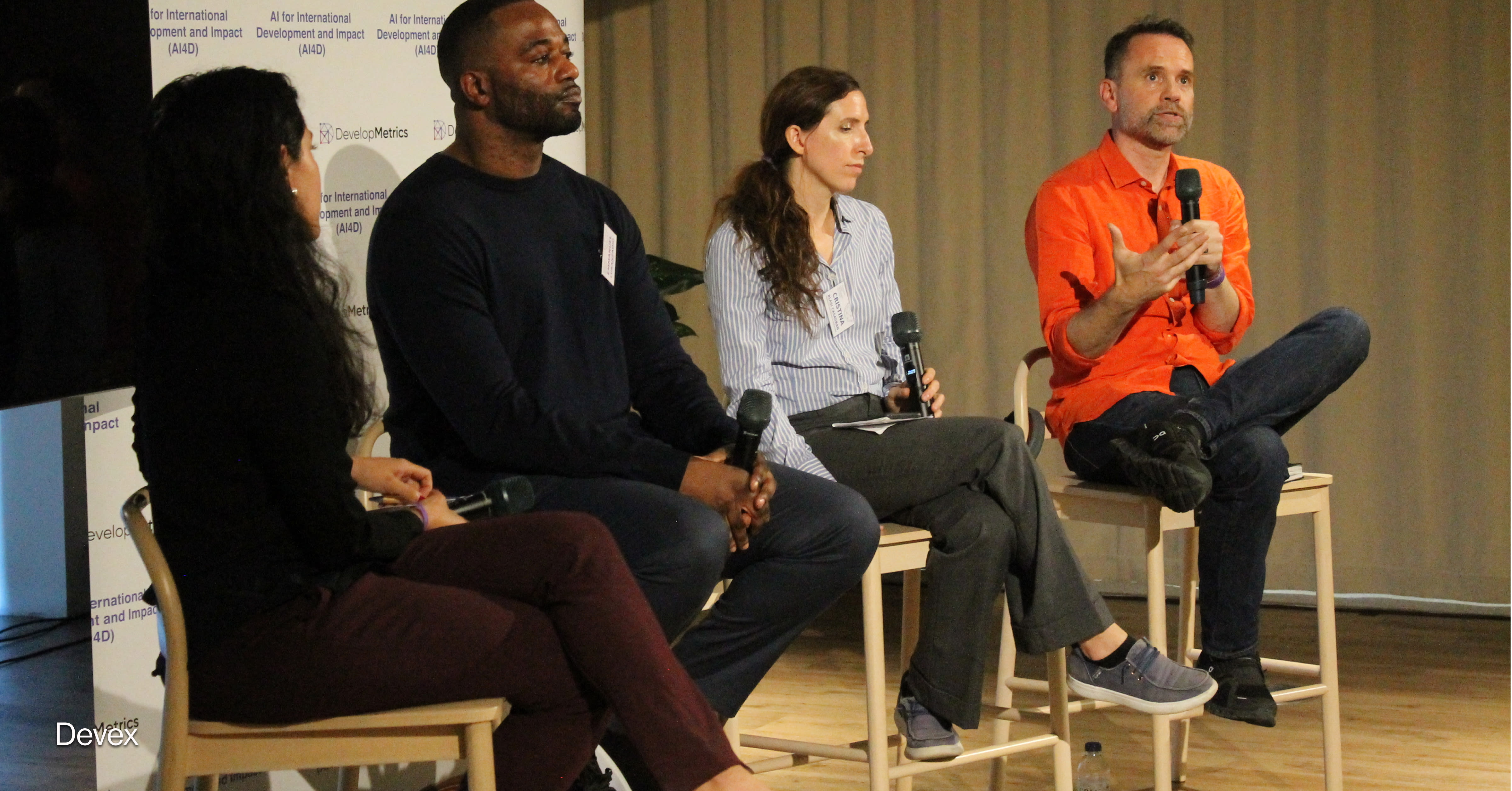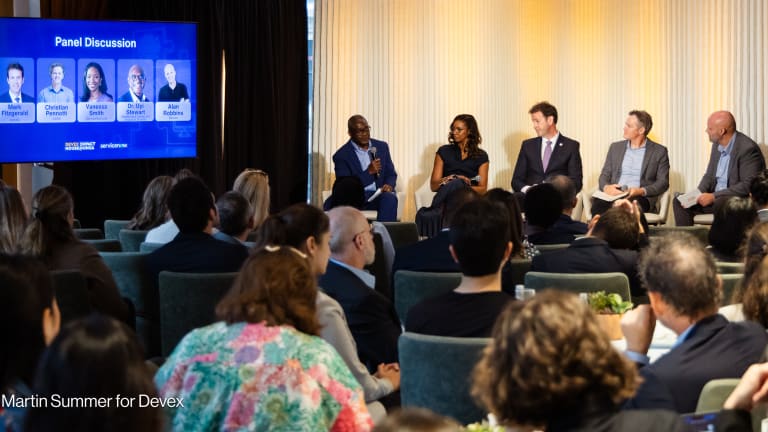Conference call: Should NGOs embrace open-source technology?
Experts discuss how funders and implementers can be more effective in navigating decisions around open-source versus commercial software.
SAN FRANCISCO — Radiant Earth launched in 2016 with a mission to democratize open data from satellites and help the global development community put that data to work. Anne Hale Miglarese, CEO of Radiant Earth, put out a request for proposals, and her team chose to build the platform on an existing open-source project. But over time, their users expressed frustration with the platform, saying it was not as functional as the growing number of commercial platforms providing access to open satellite imagery and analysis tools. Meanwhile, Radiant Earth was spending $22,000 a month on this service. In May, the team decommissioned the Radiant Earth platform and selected a commercial provider for its new mission to help the global development community apply machine learning to Earth observation. Miglarese and Peter Rabley, director of investments at Omidyar Network, joined Devex for a conference call on how funders and implementers can be more effective in navigating decisions around open source versus commercial software. 1. Ask yourself whether you should be building software at all More nonprofits need to be asking themselves whether they should be building software at all. Generally, the answer is probably not, Rabley said. He made a distinction between organizations focused on delivering technology solutions from the start and those with a different sectoral focus that then also try to develop software. “Having seen so many try their hand at it and fail pretty badly, I would say that it’s important that people stick to their knitting and focus on what their mission is and what they are supposed to be good at,” Rabley said. Technology can be in the service of that work. But too many NGOs go down an endless rabbit hole of ongoing costs and builds, then end up with one-off projects that never go anywhere, he said. Nonprofits that can raise money to hire knowledge software development staff can succeed, but more organizations need to ask themselves whether building software is the best use of philanthropic dollars, Rabley said. 2. Become a smarter buyer One listener asked about avoiding the problem of vendor lock-in, when a customer is dependent on the products and services of a particular vendor and unable to make the switch because of high costs. “It comes back to being an aggressive buyer in this space,” Miglarese said. “It really depends on what functionality your tool is and how competitive that marketplace is.” Many NGOs need to work on becoming more informed buyers, she explained. Most companies that offer software products and services to nonprofits have discounts available, but NGOs need to be savvy to what these offerings are and how to access them, Miglarese said. For example, she refused to sign a contract for more than a year, instead, going with a month-to-month model for the commercial software as a service provider she selected. Rabley explained that open access, open standards, and open data are often conflated with open source, which is incorrectly used to refer to all of these aspects of openness. He said that once nonprofits understand the differences between these terms, they often realize that what they want is less about open-source technology and more about open access to open data. Vendor lock-in can happen in commercial and noncommercial environments alike, Rabley warned, though he did acknowledge that proprietary vendors often create artificially high prices that can pose challenges in emerging markets. 3. Consider the total cost of ownership One of the nine Principles for Digital Development, guidelines that are backed by donors and implementers that have helped drive interest in open source software, is: “Use open standards, open data, open source, and open innovation.” The principles link to a guide on how to calculate the total cost of ownership of software, which many nonprofits fail to consider or calculate with some naivete. The guide asks: “If the software is open source, is there a responsive, established user community that will provide support and help add features at no cost?” Rabley narrowed in on those last three words, saying this language perpetuates the problem with the perception that open source is free: “There is a bit of a fantasy idea that free open source software is in fact that — free,” he said. “But I’ve never met a developer who developed software, whether it’s proprietary or open source, who doesn’t want to be paid.” Tech-driven NGOs need to ask themselves a number of questions when they make decisions related to software procurement, Miglarese said. Perhaps the most important question has to do with the community around that software, she added. “The importance of the size and the quality of that community cannot be overestimated. It’s everything. It’s important for long-term sustainability. It’s important for feature enhancement. It’s important for bug fixing,” Miglarese said. The community of users for open source products specific to the nonprofit sector is so small that these organizations do not see the benefits of open source — creating a higher total cost of ownership than they anticipated. Have follow-up questions? Send them to webinars@devex.com. And stay tuned for further reporting on this topic. Listen to the full call here:
SAN FRANCISCO — Radiant Earth launched in 2016 with a mission to democratize open data from satellites and help the global development community put that data to work.
Anne Hale Miglarese, CEO of Radiant Earth, put out a request for proposals, and her team chose to build the platform on an existing open-source project.
But over time, their users expressed frustration with the platform, saying it was not as functional as the growing number of commercial platforms providing access to open satellite imagery and analysis tools. Meanwhile, Radiant Earth was spending $22,000 a month on this service. In May, the team decommissioned the Radiant Earth platform and selected a commercial provider for its new mission to help the global development community apply machine learning to Earth observation.
This story is forDevex Promembers
Unlock this story now with a 15-day free trial of Devex Pro.
With a Devex Pro subscription you'll get access to deeper analysis and exclusive insights from our reporters and analysts.
Start my free trialRequest a group subscription Printing articles to share with others is a breach of our terms and conditions and copyright policy. Please use the sharing options on the left side of the article. Devex Pro members may share up to 10 articles per month using the Pro share tool ( ).
Catherine Cheney is the Senior Editor for Special Coverage at Devex. She leads the editorial vision of Devex’s news events and editorial coverage of key moments on the global development calendar. Catherine joined Devex as a reporter, focusing on technology and innovation in making progress on the Sustainable Development Goals. Prior to joining Devex, Catherine earned her bachelor’s and master’s degrees from Yale University, and worked as a web producer for POLITICO, a reporter for World Politics Review, and special projects editor at NationSwell. She has reported domestically and internationally for outlets including The Atlantic and the Washington Post. Catherine also works for the Solutions Journalism Network, a non profit organization that supports journalists and news organizations to report on responses to problems.








